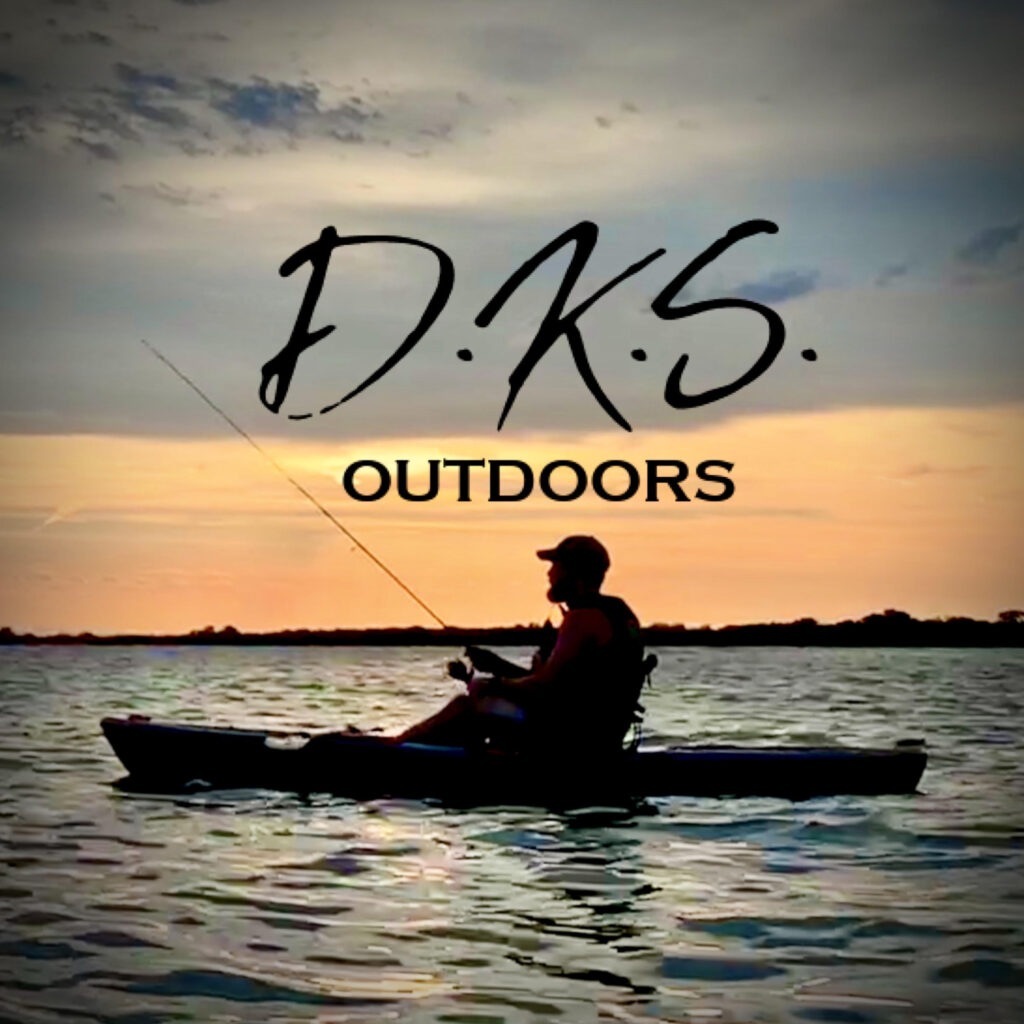Fishing with lures can be a fun and exciting way to catch fish. But with so many different types of lures available, it can be difficult to know which one to use. Choosing the right lure can make all the difference in your success on a fishing trip. In this article, we’ll discuss some tips for choosing the right lures for your next fishing trip.

First, it’s important to understand that fish are attracted to lures that mimic the natural movement of their prey. This means that lures that move like real fish, insects, or other creatures will be more effective at catching fish. For example, if you’re fishing for bass, you might use a lure that looks and moves like a minnow or other small fish.
Second, consider the water conditions when choosing your lure. Brightly colored lures are often more visible in murky or dirty water, while natural or muted colors are more effective in clear water. This is because fish rely heavily on their sense of sight to locate prey, and the color of a lure can make a big difference in its visibility.
Lastly, don’t be afraid to experiment with different types of lures. Different lures will work better in different areas and for different species of fish. By trying out different lures, you can find what works best for your fishing location and the types of fish you’re targeting.
Now, let’s dive deeper into each of these tips and learn how to choose the right lures for your next fishing trip.
Tip #1: Use Lures That Mimic Natural Movement
As mentioned earlier, lures that move and look like real prey are more effective at catching fish. There are several types of lures that are designed to mimic the natural movement of prey, including crankbaits, swimbaits, and spinnerbaits.
Crankbaits are designed to look like small fish or other prey that swim in a straight line. They often have a lip or bill on the front of the lure that makes it dive when you reel it in, creating a realistic swimming motion.
Swimbaits are lures that look like real fish and have a tail that moves back and forth when you reel it in. This creates a realistic swimming motion that can be very effective at catching fish.
Spinnerbaits are lures that have a spinning blade attached to the front of the lure. When you reel it in, the blade spins, creating a flashing motion that can attract fish.
Tip #2: Consider Water Conditions
Water conditions can have a big impact on the effectiveness of your lure. In murky or dirty water, fish rely more heavily on their sense of sight to locate prey. Brightly colored lures can be more visible in these conditions and can help attract fish.
In clear water, however, natural or muted colors are often more effective. This is because fish can see more clearly in clear water, and a bright, flashy lure can actually scare them away.
Tip #3: Experiment with Different Lures
There is no one-size-fits-all solution when it comes to choosing the right lure. Different lures will work better in different areas and for different species of fish. By trying out different lures, you can find what works best for your fishing location and the types of fish you’re targeting.
Some good lures to start with include crankbaits, swimbaits, spinnerbaits, jigs, and soft plastic lures. Try using different sizes, colors, and types of lures to see what works best.
Choosing the right lure can make all the difference in your success on a fishing trip. By using lures that mimic the natural movement of prey, considering water conditions, and experimenting with different lures, you can increase your chances of catching fish.
When selecting lures, it’s important to consider the type of fish you’re trying to catch as well. Different species of fish may have different preferences when it comes to lures, so it’s a good idea to do some research ahead of time to determine which types of lures are most effective for the fish you’re targeting.
Overall, the key to choosing the right lures for a fishing trip is to be prepared and willing to experiment. By using lures that mimic the natural movement of prey, choosing the right color for the water conditions, and trying out different types of lures, you can increase your chances of success and have a more enjoyable fishing trip. Choosing the right lures is similar to choosing the right bait.
